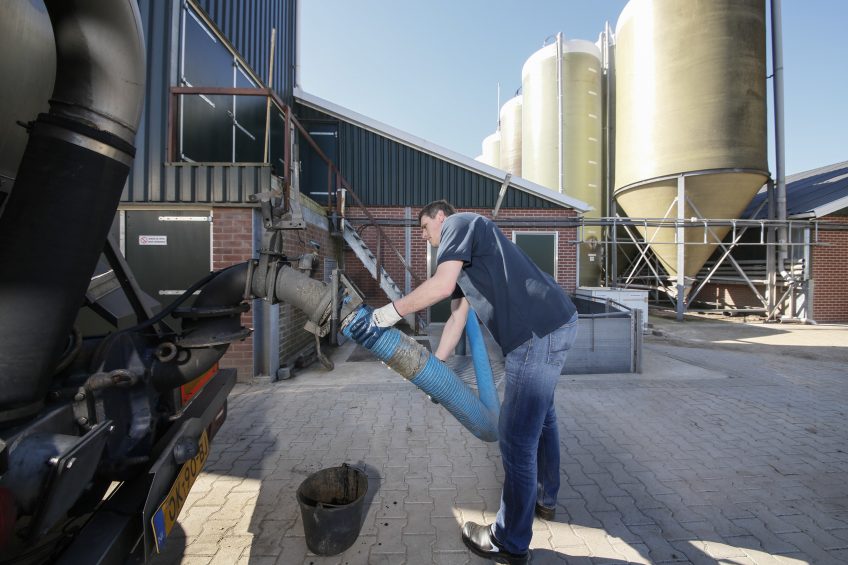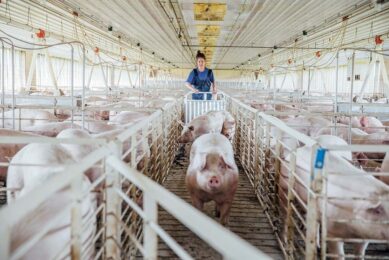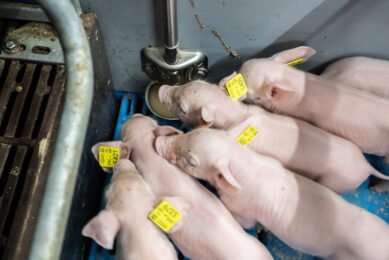Decades of pig manure management evaluated

The total number of pig farms in the Netherlands may have come down over the last decades, the amount of pigs (and pig manure) has remained high. How did the country deal with its manure management?
That question was answered in an overview published by the World Bank. The paper is providing an overview and assessment of Dutch manure management policy instruments from 1984 to 2016. The overview also touches on cattle and poultry manure.
In the abstract of the 32-page study, its author Dr Gé Backus wrote that “the most successful and cost effective measures have included restrictions on manure spreading, the creation of a national manure bank as an offtake of last resort, the requirement to inject manure into soil, support for flagship farms, and limits on farm size managed under the mineral input registration system.”

The Netherlands is only tiny (it has the size of Tennessee but houses 16 million people and 12 million pigs). Read more on the country here
Costly for the pig industry
The author noted, “The various quota systems that have been implemented have proven costly for industry and the public sector alike, but have prevented livestock numbers and related pollution problems from increasing further. Ever stricter limits on the application of manure to soil, for example, have imposed costs but shown positive results.”
In terms of positive results, applications of manure nitrogen decreased substantially, the author stated. Applications from
- manure nitrogen dropped from 447 kg per ha (1980) to 326 kg per ha (2010);
- manure phosphate decreased from 160 kg per ha (1980) to 84 kg per ha (2010).
Dutch manure management policies have generally increased farmers’ incentives to seek valuable uses of manure.
Costs of manure policy
The author noted that the costs of manure policy to the public sector have also been relatively high, with monitoring, enforcement, and registration averaging around € 900 per farm per year. Part of the effectiveness of Dutch manure policy has been owed to its incrementalism, he wrote. “Restrictive measures have generally been designed to increase in stringency over time and allowed industry to adapt.”
Dutch manure policy has, however, cost the life of many of the country’s less-efficient farms, Dr Backus wrote. The number of pig farms in the Netherlands has come down from 34,000 in 1984 to 5,000 in 2015.

How did the number of pigs develop in that same timeframe? Take a look at pig development in the Netherlands in our Global Pig Statistics tool
Gradually tightening standards
Lessons learned include the effectiveness of gradually tightening standards, using combinations of sticks and carrots, and regularly evaluating policies. Promising approaches include the coupling of land and animals, and manure processing, the author concluded.
The report ’ Manure management: An overview and assessment of policy instruments in the Netherlands ’ was authored by Gé B.C. Backus and published by the World Bank.
Join 18,000+ subscribers
Subscribe to our newsletter to stay updated about all the need-to-know content in the pigsector, three times a week. Beheer
Beheer










 WP Admin
WP Admin  Bewerk bericht
Bewerk bericht